@Joe Bonkers
That said, I do think I may consider your ideas later on. So why don't we talk about it in notes OK?
That said, I do think I may consider your ideas later on. So why don't we talk about it in notes OK?
Penn station still gets torn down? Aww.It was a natural combination, and the expanded LV could use the PRR's Penn Station in New York (spectacularly rebuilt in the 1960s into a multistory complex that included a bus terminal and the new Madison Square Garden perched atop the facility) for its long-distance trains.
I'm very sorry to say that it's not actually canon to TTL. Since I actually had some other ideas.Btw, I didn't mean to get all negative. Great TL and it is obvious you know the details of this subject.

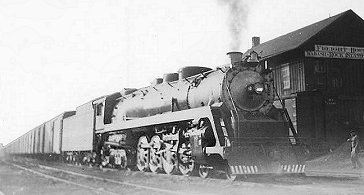
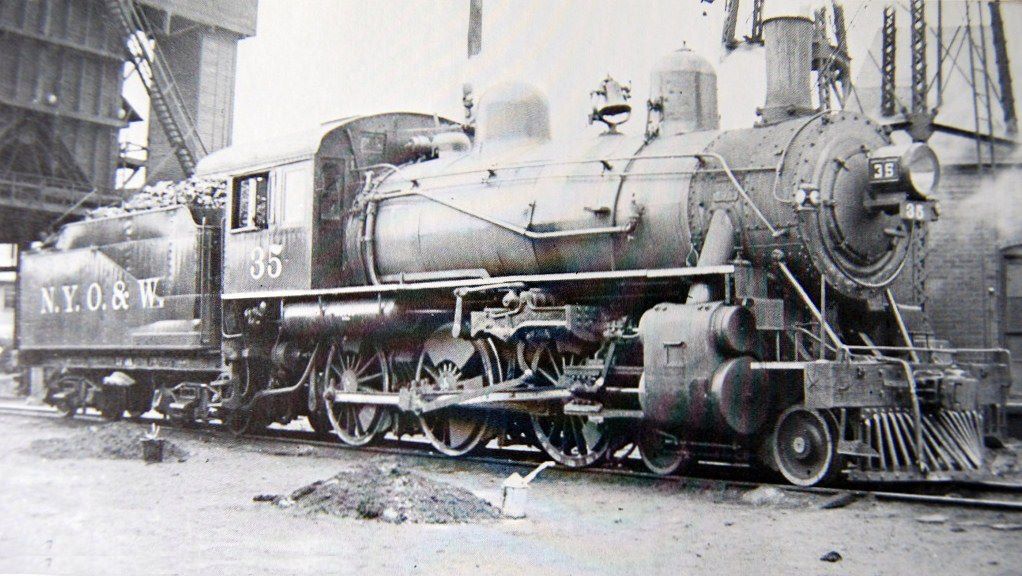
First thought was, that new Penn Station wasn't canon? #@&$+Any thoughts on the latest, @Swede?
Yes. At least that's my end goal.After that, I'm again not quite knowledgeable enough to get a firm grip on exave differences from otl, but I do get that there's a greater push for lines, or parts of lines, changing hands to create more long continuous lines owned by one or at least closely linked companies. Creating a set up that'll create better profitability, better competition and better logistics for freight and passengers. Right?
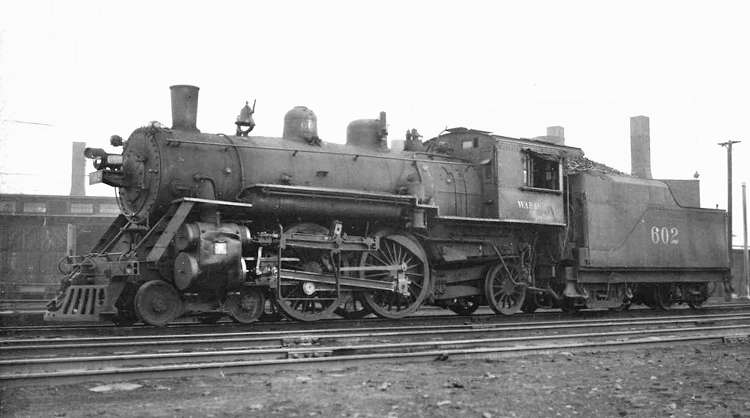
The PRR did just that at Manhattan Transfer before modifying the Hudson Tunnels to take overhead powerIs it not possible to use 'third rail' electrics for the Hudson tunnels and switch to electric or diesel-electric engines on routes that go into them?

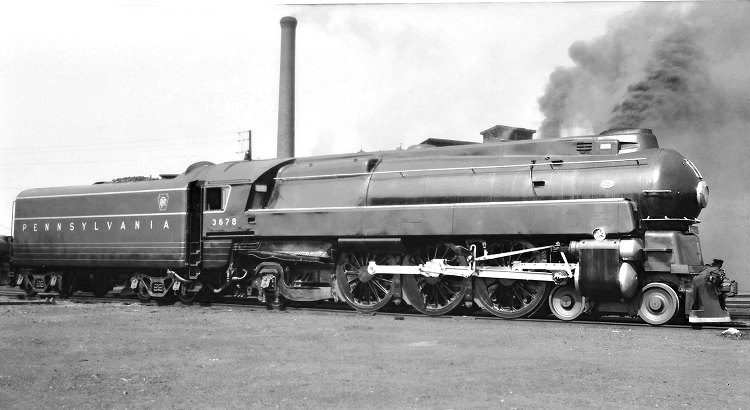
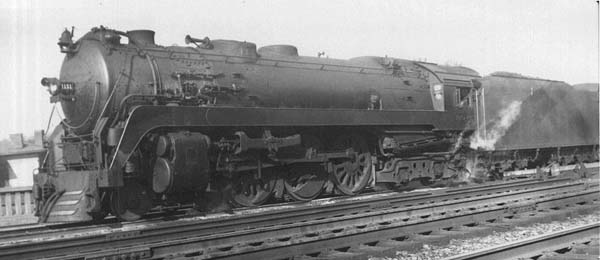
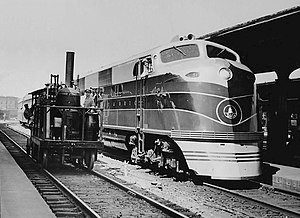
Just tell us which ones got retconned. If they're smallish retcons, maybe post them as a new (non-threadmarked) post as well?No body minds if I retcon certain posts, do they?
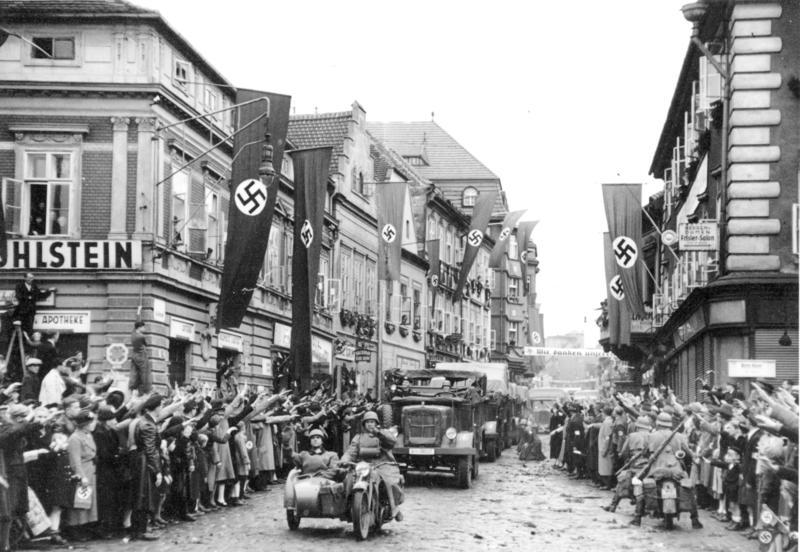
National Mexican railroadHi, all. I though I would igve some plans I have before World War 2 comes in.
- FDR expresses support for some urban renewal projects in the 1930s. Which includes the improvements of trolley and/or public bus systems.
- Several more locomotives for my TL. Other than the PRR R3 4-8-4. Among them a L&N 4-8-4 and Lima trying to build some new USRA designs.
- Possibly an event for Southern roads, like the Dixie Line being split between at least the Southern and Atlantic Coast Line (based on ideas of @Republic of Michigan).
Any other ideas, folks?
Well mind you this IS American railroads. But I could possibly have some events where the US roads go into Mexico.National Mexican railroad